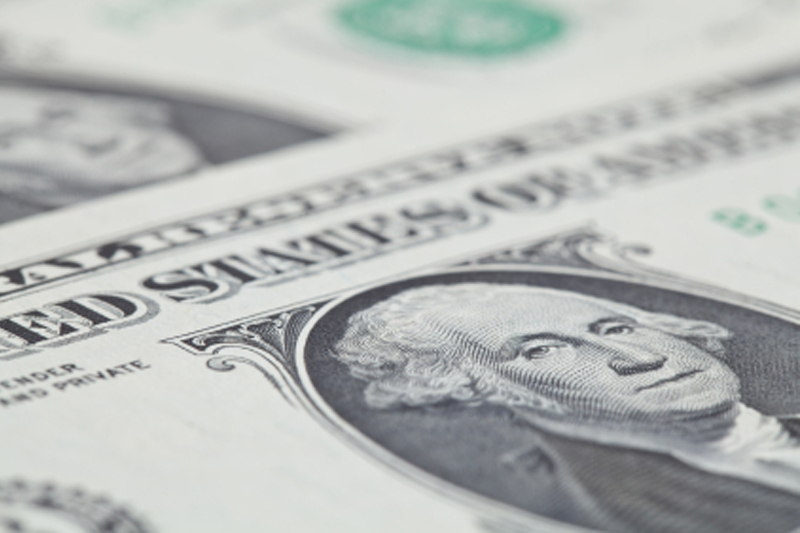CCH Holdings prices IPO at $4 per share on NASDAQ
Investing.com - The U.S. dollar edged higher Wednesday, stabilizing after recent losses ahead of the release of key inflation data that could help define the path of monetary policy by the Federal Reserve going forward.
At 04:45 ET (08:45 GMT), the Dollar Index, which tracks the greenback against a basket of six other currencies, traded 0.1% higher to 97.820, after gaining 0.3% on Tuesday.
That said, the index is down about 10% in 2025 as erratic U.S. trade policies and rate cut expectations dented the dollar’s appeal.
Dollar rebounds slightly
The U.S. currency has rebounded a touch this week after a sharp selloff at the end of last week, with geopolitics is also back in the agenda after Poland said scrambled its own and NATO air defences to shoot down drones following a Russian air attack on western Ukraine.
However, the dollar remains on the backfoot following the release of a weak nonfarm payrolls report.
Adding to signs of weakening U.S. job growth was the Bureau of Labor Statistics acknowledging that it overestimated employment in the U.S. by a massive 911,000 in the 12 months to March 2025.
This suggests a rate cut by the Federal Reserve next week is almost a certainty, but this week’s inflation data could determine the size of such a reduction and the path going forward.
U.S. producer price inflation data is due later on Wednesday followed by the consumer price inflation report on Thursday.
Traders are fully pricing in a 25 bps cut next week and have ascribed a 5% chance to a 50 bps reduction.
“The prospect of the Fed cutting rates by 125-150bp over the next nine months can only support leverage and demand that asset managers remain fully invested to earn their fees. This is a benign, bearish environment for the dollar,” said analysts at ING, in a note.
Euro weighed by political uncertainty
In Europe, EUR/USD dropped 0.2% to 1.1692, after dropping 0.5% in the previous session after French President Emmanuel Macron named loyalist Sebastien Lecornu as prime minister on Tuesday.
The choice of Lecornu indicates Macron’s determination to press on with a minority government that will not rip up his pro-business reform agenda, a stance which has resulted in political instability for much of this year.
However, in an unusual move in French politics, Macron’s office said the president had asked Lecornu to hold talks with all political forces in parliament to find compromises on the budget and other policies before naming his cabinet.
“Uncertainty in French politics has seen the OAT:Bund 10-year government spread settle above 80bp. French 10-year government borrowing costs now match those of Italy,” ING added.
GBP/USD traded largely unchanged at 1.3524.
“Next week’s Bank of England rate meeting should, in theory, keep sterling supported unless upcoming jobs and CPI releases very much surprise on the downside,” said ING.
Yuan stable after Chinese inflation data
Elsewhere, USD/JPY gained 0.1% to 147.48, steadying after whipsawing on the abrupt resignation of Japanese Prime Minister Shigeru Ishiba earlier this week.
USD/CNY traded 0.1% lower to 7.1217, little changed after a series of strong fixings pushed the yuan to a near 10-month high.
Chinese consumer price index inflation shrank by a bigger-than-expected 0.4% in August, indicating that private spending and local demand was faltering as support from Beijing’s subsidies ran dry.
Producer price index inflation shrank 2.8% as expected, and marked a 35th consecutive month of contraction.
Wednesday’s data showed a disinflationary trend in China remained squarely in play, as heightened economic uncertainty and pressure from U.S. tariffs weighed on the economy.
AUD/USD gained 0.2% to 0.6602, with the Australian dollar taking support from stronger commodity prices. Oil prices rose amid heightened geopolitical tensions in the Middle East, while copper prices rose on the closure of a key mine in Indonesia, which could weigh on global supplies.
